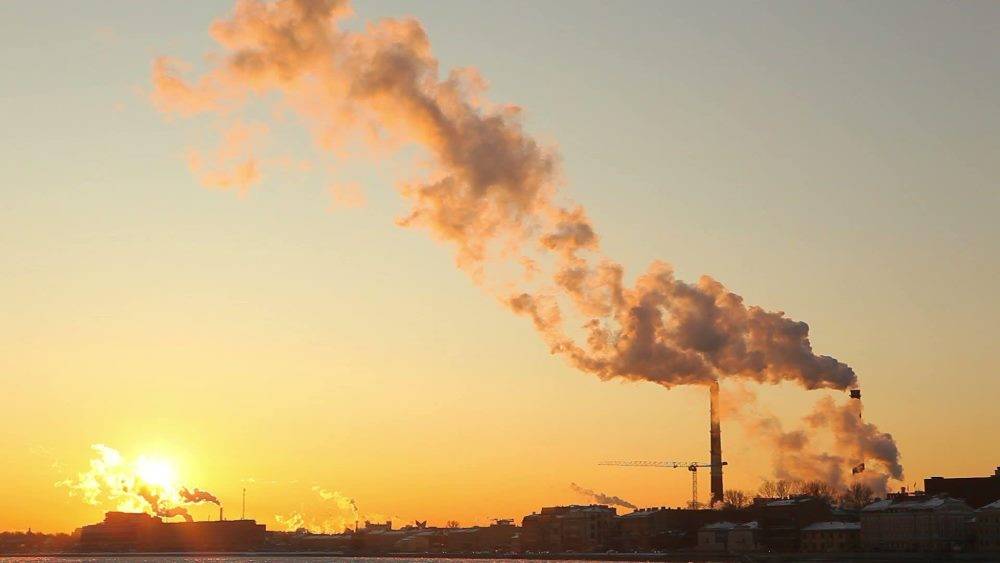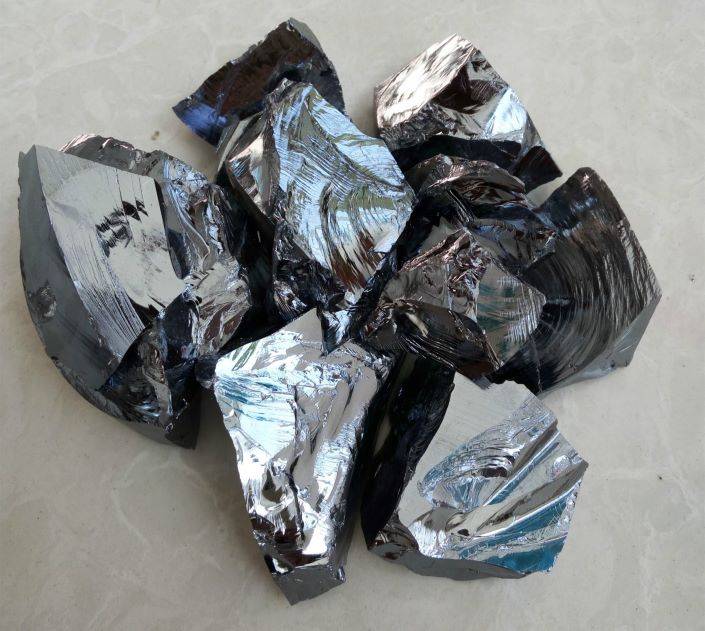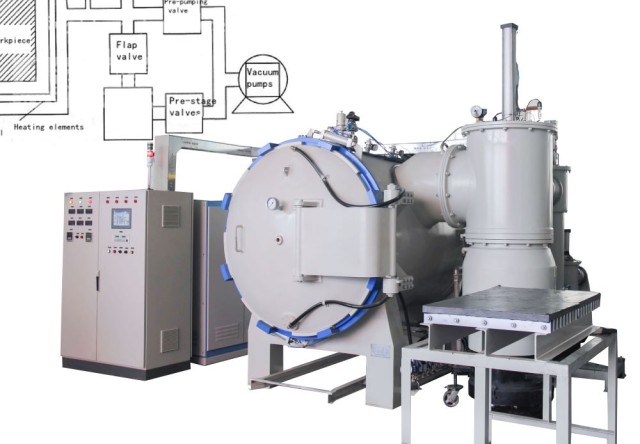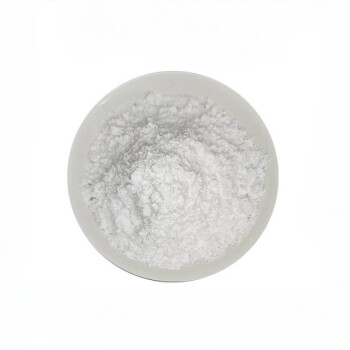Reduction of Harmful Components
Elimination of Adverse Atmospheric Effects
Vacuum sintering offers a significant advantage by minimizing the presence of detrimental atmospheric components such as water, oxygen, and nitrogen. These elements can severely compromise the integrity and performance of the final product, particularly when dealing with reactive metals and materials that are susceptible to decarburization or carburization.
In a vacuum environment, the reduction of these harmful gases is more effective, as the absence of atmospheric pressure prevents their infiltration into the sintering process. This not only enhances the purity of the final product but also ensures that the material properties are maintained at optimal levels. For instance, reactive metals like titanium and zirconium benefit immensely from this controlled environment, as they are highly sensitive to atmospheric contaminants.
Moreover, the elimination of adverse atmospheric effects in vacuum sintering leads to a more uniform and predictable material structure. This is crucial for applications where precision and reliability are paramount, such as in aerospace and medical device manufacturing. By mitigating the risks associated with atmospheric interference, vacuum sintering provides a more stable and consistent process, ultimately resulting in higher quality end products.

Achieving Low Dew Point
A high-quality vacuum sintering furnace is capable of achieving a vacuum pressure so low that it significantly impedes the presence of water vapor, thereby preventing it from reaching the dew point. This critical feature ensures that the sintering environment remains exceptionally dry and free from moisture, which is paramount for maintaining the purity of the sintering process.
By maintaining such a low dew point, the furnace effectively reduces the likelihood of water molecules interacting with the materials being sintered. This is particularly advantageous for reactive metals and alloys that are susceptible to oxidation or other forms of chemical degradation. The absence of water vapor not only preserves the integrity of these materials but also enhances their overall quality and performance.
Moreover, the low dew point conditions facilitated by a superior vacuum sintering furnace contribute to the elimination of other harmful atmospheric components such as oxygen and nitrogen. This comprehensive reduction in detrimental elements ensures a cleaner and more controlled sintering environment, ultimately leading to improved material properties and greater process efficiency.
Improvement of Material Properties
Enhanced Wettability and Shrinkage
Vacuum sintering significantly enhances the wettability of liquid phases on solid phases, a critical factor in the densification process. This improved wettability allows for more efficient capillary action, which in turn facilitates better shrinkage during the sintering cycle. The absence of atmospheric gases such as oxygen, nitrogen, and water vapor in the vacuum environment creates an ideal condition for the liquid phase to spread uniformly over the solid surface, ensuring complete wetting and minimizing voids.
Moreover, the enhanced organization of the alloy is a direct result of the controlled vacuum conditions. By eliminating impurities and adsorbed gases, vacuum sintering ensures that the alloy's microstructure is more uniform and less prone to defects. This improved organization not only strengthens the material but also enhances its overall performance and reliability. The process aids in expelling residual gases trapped within the pores of the material, further contributing to the densification and structural integrity of the final product.
In summary, vacuum sintering's ability to improve wettability and shrinkage, along with its role in enhancing the organization of the alloy, underscores its importance in achieving high-quality, dense, and reliable sintered components.
Material Purification
The vacuum sintering process is instrumental in the exclusion of impurities such as silicon, aluminum, magnesium, and calcium, along with their respective oxides. This purification step is crucial for enhancing the overall quality and performance of the material. By effectively removing these contaminants, the process ensures that the final product is free from adverse effects that could compromise its structural integrity and mechanical properties.
Additionally, vacuum sintering aids in the expulsion of adsorbed gases and residual gases trapped within the pores of the material. These gases, if left unaddressed, can lead to porosity and other defects that weaken the material. The removal of these gases not only improves the density and strength of the material but also enhances its resistance to environmental degradation and mechanical stress.
| Impurity | Effect on Material | Removal Benefit |
|---|---|---|
| Silicon | Reduces ductility | Increases material strength and flexibility |
| Aluminum | Alters thermal conductivity | Improves heat resistance and conductivity |
| Magnesium | Corrosion risk | Enhances corrosion resistance |
| Calcium | Impacts electrical properties | Stabilizes electrical conductivity |
The comprehensive purification achieved through vacuum sintering results in a material that is more reliable and durable, making it suitable for a wide range of demanding applications.

Lower Temperature Requirements
Energy Efficiency
Vacuum sintering stands out as a highly energy-efficient process compared to traditional gas-protected sintering methods. By operating at significantly lower temperatures, vacuum sintering significantly reduces the energy consumption required for the sintering process. This energy-saving advantage is particularly pronounced in the sintering of cemented carbides, where the temperature reductions can be substantial.
The lower temperature requirements in vacuum sintering are not merely a byproduct but a deliberate feature designed to optimize energy use. This approach not only lowers operational costs but also aligns with contemporary sustainability goals, making vacuum sintering an environmentally friendly choice. The energy efficiency of vacuum sintering is further enhanced by its ability to maintain strict control over the vacuum degree, which ensures minimal volatility loss during sintering, thereby preserving the integrity and quality of the final product.
Grain Growth Prevention
Lowering the sintering temperature plays a crucial role in preventing grain growth within the material. This temperature reduction is essential for maintaining the structural integrity of the material, ensuring that the grains do not grow excessively and compromise the overall strength and durability. By operating at lower temperatures, the vacuum sintering process effectively mitigates the risk of grain coarsening, which is a common issue in traditional high-temperature sintering methods.
The strict control of the vacuum degree is another critical factor in this process. Maintaining an optimal vacuum level ensures that there is minimal loss of volatile components during sintering. This precision control helps in preserving the material's composition and properties, preventing any unintended changes that could arise from excessive volatility loss. The controlled environment provided by the vacuum sintering furnace allows for a more stable and predictable sintering process, which is particularly beneficial for materials that are sensitive to changes in atmospheric conditions.
Additionally, the lower temperature requirements of vacuum sintering contribute to its energy efficiency. This not only reduces the overall energy consumption but also lowers the operational costs associated with sintering processes. The ability to achieve high-quality results at reduced temperatures makes vacuum sintering a preferred method for industries seeking both economic and environmental benefits.
Related Products
- Vacuum Heat Treat and Pressure Sintering Furnace for High Temperature Applications
- Small Vacuum Heat Treat and Tungsten Wire Sintering Furnace
- Vacuum Hot Press Furnace Heated Vacuum Press Machine Tube Furnace
- Vacuum Hot Press Furnace Machine Heated Vacuum Press
- Vacuum Heat Treat Sintering Brazing Furnace
Related Articles
- Comprehensive Guide to Spark Plasma Sintering Furnaces: Applications, Features, and Benefits
- The Ultimate Guide to Vacuum Pressure Sintering Furnace: Benefits, Applications, and Working Principle
- Exploring the Advanced Capabilities of Spark Plasma Sintering (SPS) Furnaces
- Exploring Spark Plasma Sintering Furnace (SPS): Technology, Applications, and Advantages
- Vacuum Hot Press Furnace: A Comprehensive Guide























